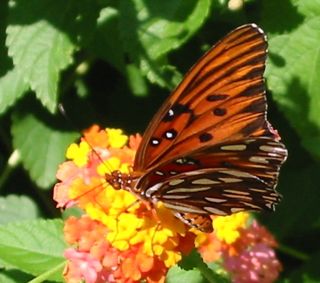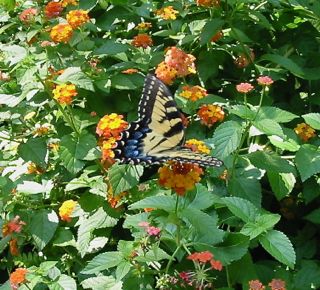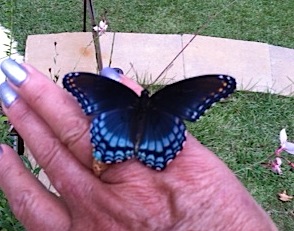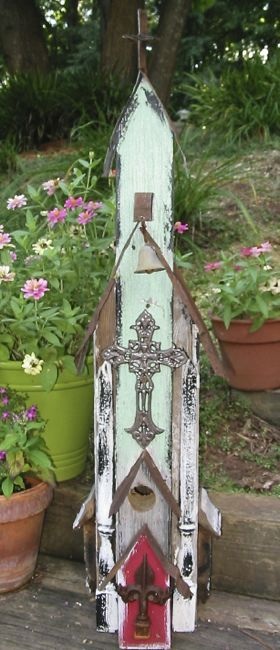-
What’s all the frenzy around your tube bird feeder?
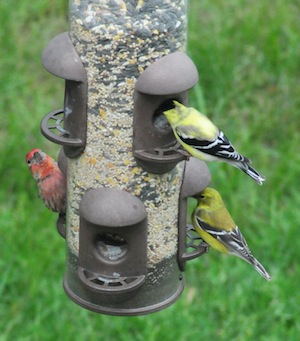 Several fellow birders have noticed an increase in activity at feeders recently. A few guesses were about the wet season and lush plant growth, possibly providing fewer seeds than usual for this time of year. One person writes: “Finches, Cardinals, Chickadees, Tufted Titmice, White-breasted Nuthatches, and more have increased their activity at my tube bird feeder significantly, even fighting each other. I was filling the feeder once a week, but the birds are emptying it daily.”
Several fellow birders have noticed an increase in activity at feeders recently. A few guesses were about the wet season and lush plant growth, possibly providing fewer seeds than usual for this time of year. One person writes: “Finches, Cardinals, Chickadees, Tufted Titmice, White-breasted Nuthatches, and more have increased their activity at my tube bird feeder significantly, even fighting each other. I was filling the feeder once a week, but the birds are emptying it daily.”So what’s the reason behind the increased activity? Because many species are molting their feathers right now, they have an increased need for a steady diet of high quality food. Chickadees, titmice, nuthatches and others are kicking into high gear with hoarding seeds right now too. If you watch some of these birds closely, you’ll see them eating some of the seeds but they will be stashing many more of them under the bark of older trees, and or poking them into holes and cracks in trees and other locations.
Your location plays a role as well. “This is actually the time of the year when there is the highest number of plants that are producing seeds, mast and or fruit out in forests, fields and “weedy” pasture lands. City lawns and evergreen landscaping and ornamental landscape trees often do not produce any seed type food for wildlife at this time of the year. So it might depend on your particular location as to how much food is available for each of these different species.”
Seeing empty feeders just goes against our grain 🙁 If birds’ activity has increased at your feeder that it takes filling everyday… it may be a good time for a bigger one? Winter’s not too far off and these resilient resident birds are sure to hang around a dependable food source.
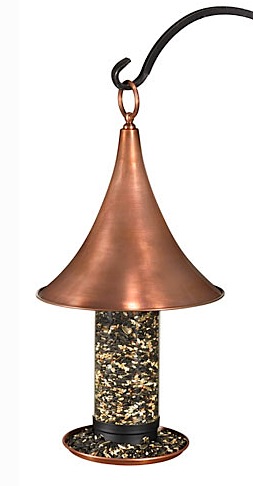
This new tube feeder’s a beauty too! At a whopping two feet tall, the large Castella features a venetian bronze finish over steel, with a seed tray for less waste and easy perching. And the killer turret… it adds a magical touch to any garden setting!
-
Nature’s butterfly feeders
If the hummingbird buzz and pre migration isn’t enough activity right now, the local butterfly population seems to have exploded! The past few days have provided some mesmerizing views around the garden. Four species of the jeweled wonders have been spotted flitting around flowering shrubs and plants.
Lantana, butterfly bush and abelia have recently been the most popular of nature’s butterfly feeders. Monarchs and swallowtail butterflies being the most abundant. In past years the leaf misters were especially attractive, but with all the rain this season, they haven’t been employed much. Instead the rains have produced bumper crops of flowers, in turn feeding anyone who pollinates!
Store-bought butterfly feeders are great, especially the ones with wicks that allow butterflies to feed more naturally (like drawing nectar from flowers). Even a plate of over-ripe fruit chunks may entice, but nothing beats nature’s feeders!
-
reclaimed wood birdhouses for an heirloom touch
In an abandoned parking lot he was spotted selling his wares out of the back of a truck. Due to the sheer height of some his wood birdhouses, it was kinda hard to miss, and pretty obvious something cool was happening. So my friend calls and says “ya gotta come see!” – but I didn’t. It took a few weeks… no months before I actually met up with Karl.
Definitely worth the trip down to Marietta Square to see what was cooking with this artist. Birdhouses all over his place; parts, pieces, iron, wood, metal, you name it and Karl was using it to build his houses. His dog Hoover (who guards all the wares left outdoors) was pretty neat too! Always fascinating to see into the mind’s eye of a creative type, probably because of my own art background.
Working construction part time, the guy comes across some great salvage stuff. Currently clearing a lot that once hosted a real plantation home, he hit pay dirt… the oak boards were almost one hundred years old-and they looked perfect too. At his place, old hardware from doors and other iron parts sat in a big pile, waiting to be reclaimed for a second life.
Wanting to purchase about six wood birdhouses was problematic. – a difficult decision as no two pieces were the same! So I went by their height and closest matching styles. There’s something to be said for using reclaimed materials. In the garden, these vintage style bird homes create a bit of an heirloom atmosphere. Their rustic style is timeless, and oh yeah… these homes are definitely bird-approved too!
Hinged back doors for easy nest removal even have a lock to keep birds safe from predator’s paws. The 1.5-inch entrance is perfect for Eastern bluebirds, downy woodpeckers, Carolina wrens and other small to medium sized songbirds. The house is tall (at 38 inches) but a wire nesting shelf sits a few inches above the floor. This helps reduce blowfly and other pest infestation, greatly increasing the chances for successful broods and healthy fledgelings. The ringing bell is functional too… Karl might just need to start signing his work!


